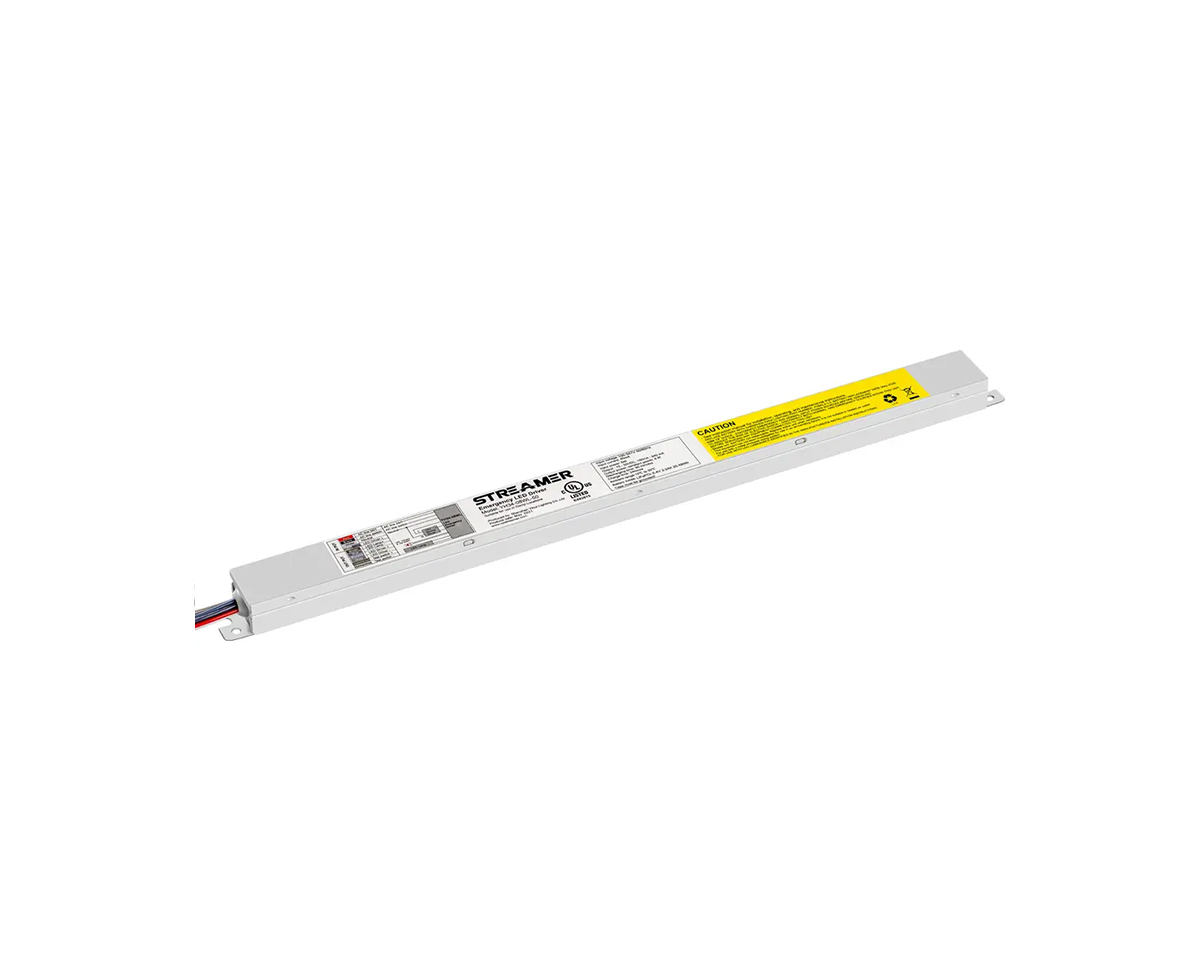 1
1
 Apr 04, 2025
Apr 04, 2025

LED emergency power supplies are designed to handle electrical resistance within certain parameters, but their performance can be affected by excessive or abnormal resistance.
The internal components of an LED emergency power supply, such as wires, circuit traces, and connectors, all have inherent electrical resistance.
Circuit traces on the printed circuit boards also have resistance. The thickness and width of the traces are carefully designed to ensure that they can carry the required current without excessive voltage drops. Narrow or thin traces can have higher resistance, which may lead to overheating and reduced efficiency. Additionally, the quality of the solder joints connecting components to the circuit board is crucial. Poor solder joints can introduce additional resistance, and in extreme cases, cause intermittent electrical connections.
External factors can also impact the resistance seen by an LED emergency power supply. For example, if the power supply is connected to a load with a high resistance, it can affect the current flow and the overall performance of the power supply. In some cases, this may cause the power supply to operate at a lower efficiency or even overheat as it tries to deliver the required power. However, most LED emergency power supplies are equipped with protection circuits. These circuits can detect abnormal resistance levels and take actions such as reducing the output voltage or current to prevent damage to the power supply and the connected LED lights. In summary, while LED emergency power supplies are engineered to handle normal electrical resistance, proper design and protection mechanisms are necessary to deal with potential resistance - related issues.